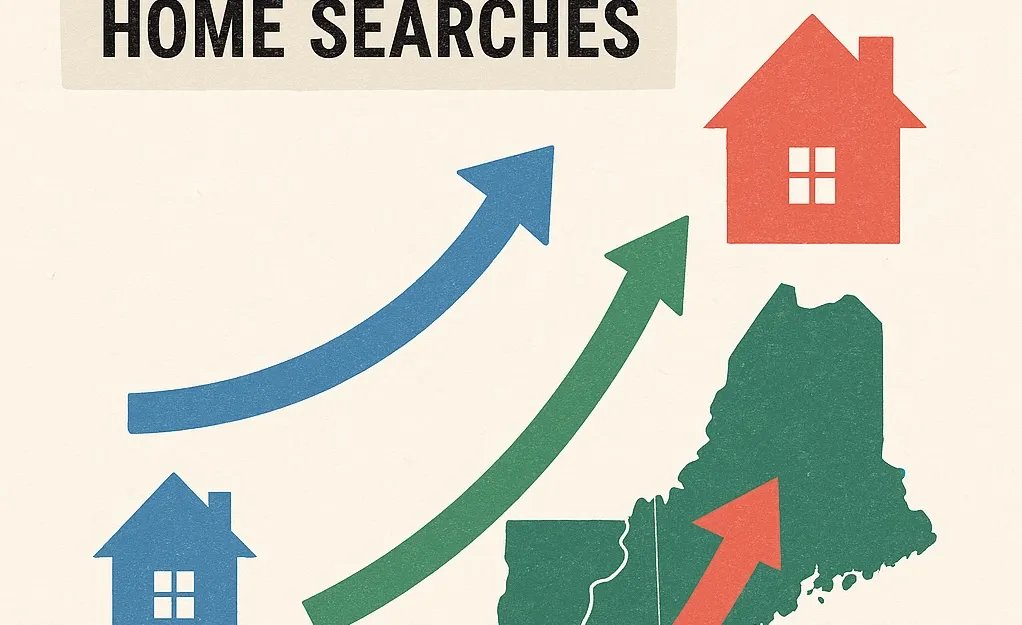That share is significantly higher than the 48.1% figure recorded in the same period in 2019, although it’s down slightly from earlier in 2025.
The report shows that the West remains the region with the highest share of out-of-market searches, with 65.1% of views in Q2 2025 targeting properties outside homebuyers‘ current metros. The Northeast has seen the most growth of any region over the past six years — with out-of-market queries rising from 45.4% of all searches in 2019 to 58.8% in 2025.
In contrast, Midwest shoppers were the most likely to stay local, with 54% of their searches focused within their own region.
Big cities see outbound interest spike
Metros such as New York, Chicago and Boston — where unemployment and housing costs remain high — have seen sharp increases in out-of-metro search activity. These cities were among the top 10 metros with the most outbound traffic in 2025, joining seven others that were on the list last year.
San Jose tops the current list. More than 90% of its outbound online home searches in Q2 2025 went to other metros. About 60% of these were to other parts of California, with San Francisco being the top in-state destination. Reno, Nevada, was the leading out-of-state option.
Pandemic-era hot spots like Phoenix; Spokane, Washington; and Fresno, California, are now seeing declines in popularity. These cities attracted waves of buyers from more expensive metros earlier in the decade, but return-to-office policies and rising home prices are reversing that trend.
The sharpest rise in out-of-area home browsing came from McAllen, Texas, where declining affordability and the lure of higher-paying jobs in Austin and San Antonio have shifted buyer interest.
In McAllen, only 4.8% of out-of-metro searches were directed toward Austin in 2019. That figure more than doubled to 10.7% by 2025. San Antonio saw a similar jump, from 16.1% to 18.9% of McAllen’s outbound searches.
More locals stay put in San Francisco
Not all metros are losing ground. San Francisco, long plagued by affordability issues and urban challenges, saw a decrease in the share of residents who are looking elsewhere.
In 2025, only 62.9% of the city’s online home search traffic was directed outside the metro — down from 68.9% six years ago.
Data points to signs of urban recovery as a possible reason. While still expensive, San Francisco has become slightly more affordable relative to neighboring San Jose, and local improvements such as cleaner streets and reduced crime may be persuading residents to stay put.
Seven metro areas — including San Francisco — saw a decrease in outbound searches compared to 2019. Common characteristics among these cities include more stable employment markets, access to outdoor amenities and relatively lower home prices.





